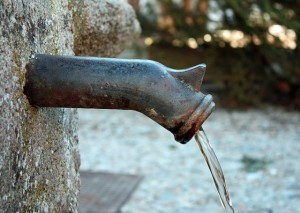 Even with the current drought, some water districts, municipalities and counties in Washington are still not on board with collection of rainwater for potable usage.
Even with the current drought, some water districts, municipalities and counties in Washington are still not on board with collection of rainwater for potable usage.
With the newly released water supply predictions from Seattle Public Utilities stating that a 30% reduction in available water within the next 35 years is likely, counties and municipalities in Washington State that do not currently allow for potable use of collected rainwater should reconsider this position.
Both Pierce and Snohomish County water districts have yet to allow rainwater collection for potable usage for residential use. The cities of Bellevue and Sammamish, even though part of King County, which for several years has allowed rainwater harvesting for potable use, continue to refuse rainwater collection as a potable source of water for a single-family residence. Both county’s water districts, along with Seattle Public Utilities are part of television advertising campaign asking customers to take shorter showers and only do full loads of laundry and dishwashing.
Is this their solution to the growing problem of water availability? I recently met with the water district in Pierce County at Pacific Lutheran University about a possible project for sustainability including rainwater collection for a dwelling on campus, to be used as an example of potable use. The purpose was for students to gain experience about rainwater harvesting in a real life . A representative of the water district told us it would never happen as long as he was in charge.
I recently represented a customer in Sammamish who was pursuing rainwater collection for non-potable use (toilet and laundry facility) for five new single family residences and was met with significant opposition by city officials. Multiple meetings with the city resulted in the customer giving up his pursuit. Instead, the houses will be totally dependent on the city water supply.
Snohomish County’s smaller water districts have resorted to purchasing water from the city of Everett during this drought because of their water supply running extremely low this summer. But yet, the county still takes the stance of not allowing residential potable usage of collected rainfall. What we’re talking about is rain that could be collected during rain events to help supplement a burdened city water supply.
Most counties in Eastern Washington, even though extremely affected by the drought, have yet to adopt rainwater collection for potable use.
It is time for these districts to become educated in the benefits of rainwater collection and allow customers to become their own purveyors of their own water. To be held hostage by the water districts because of revenues is not only wrong, but it also intensifies the water shortage issues we have experienced and will continue to experience.

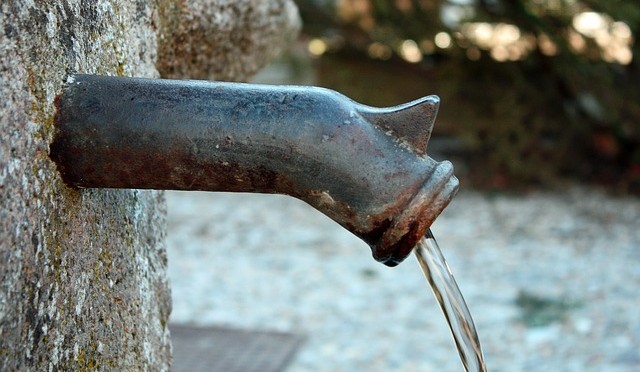
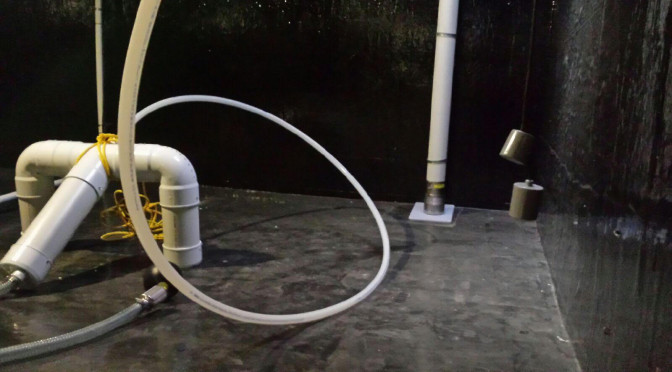
 A 45,000 gallon, cement vault, rainwater collection system will supply a new Seattle residence with potable water. Rainwater is collected from the roof and conveyed to the cistern through two Wisy calming inlets.
A 45,000 gallon, cement vault, rainwater collection system will supply a new Seattle residence with potable water. Rainwater is collected from the roof and conveyed to the cistern through two Wisy calming inlets.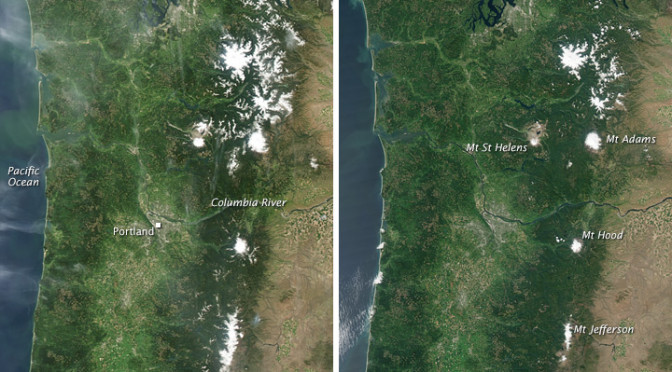
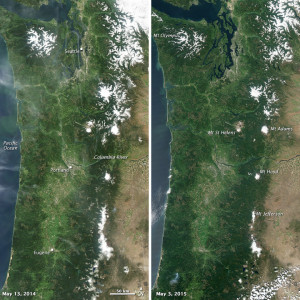 Forecasts indicate that the El Nino weather pattern is expected to continue bringing wetter, warmer forecasts for the winter, and continued dryer weather for next summer for the west coast. It is expected that we will see the same weather this next year as we did this year. Less snowpack in the Cascades will mean once again a limited amount of water for municipal water supplies. A warmer and wetter winter will fill reservoirs, but Seattle’s experience this year showed that without that snowpack to replenish stored levels, supplies fall short as summer stretches on. Many small water districts in the Pacific Northwest found themselves running extremely low, while Seattle Public Utilities is continuing to ask its customers to scale back usage.
Forecasts indicate that the El Nino weather pattern is expected to continue bringing wetter, warmer forecasts for the winter, and continued dryer weather for next summer for the west coast. It is expected that we will see the same weather this next year as we did this year. Less snowpack in the Cascades will mean once again a limited amount of water for municipal water supplies. A warmer and wetter winter will fill reservoirs, but Seattle’s experience this year showed that without that snowpack to replenish stored levels, supplies fall short as summer stretches on. Many small water districts in the Pacific Northwest found themselves running extremely low, while Seattle Public Utilities is continuing to ask its customers to scale back usage.